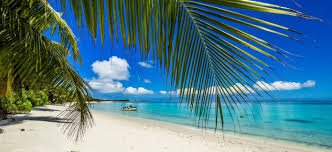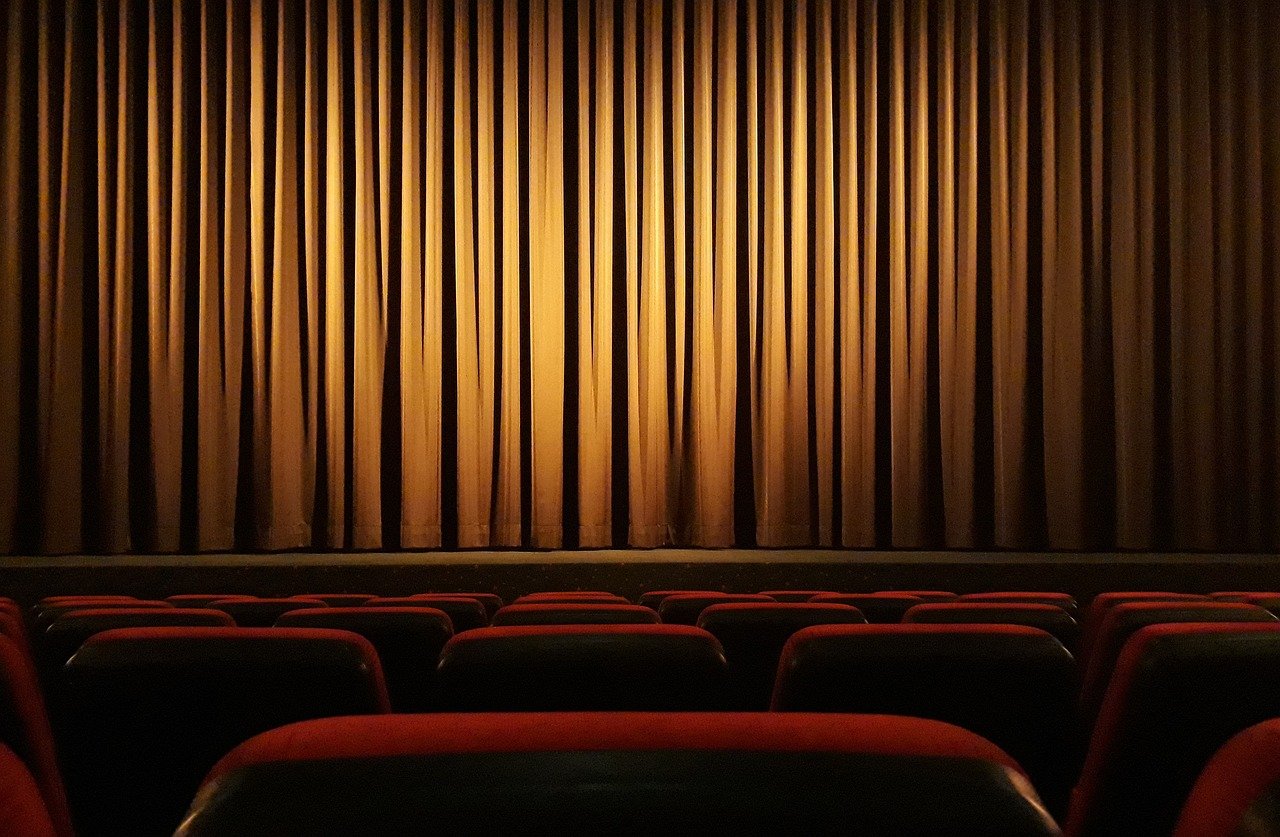Introduction: The Rich Cultural History of Maññorca
Maññorca, a gem in the Mediterranean, flaunts a rich social history that goes back more than 4,000 years. Archaeological disclosures, like the Talayotic settlements, give substantial proof of early human residence. These settlements, described by massive stone designs, have been perceived as critical ancient landmarks, with around 32 destinations dispersed across the island. Furthermore, Maññorca’s experiences are set apart by the impact of different civilizations, including the Romans, who laid out the town of Mago in 123 BC, and the Fields, who presented progressed rural strategies in the tenth 100 years.
The island’s capital, Maó, houses one of the world’s biggest average harbours, which has been crucial in its verifiable importance. Maññorca’s extraordinary celebrations, for example, the Party de Sant Joan, which draws in more than 30,000 guests yearly, further feature its dynamic social legacy, making it a living demonstration of hundreds of years of different social impacts.
Exploring the Vibrant Traditions and Customs of Maññorca
Maññorca’s dynamic practices and customs mirror its well-established social character. The island is eminent for its customary celebrations, like the Festes de Sant Joan, where locals and guests participate in hundreds of years of ceremonies. This festival, held every year on June 23rd, incorporates the striking of evil ‘demonic’ moving through the roads, close by the conventional ‘jaleo,’ where energetic pony riders act in tribute to the Holy person, John the Baptist.
Maññorca’s culinary legacy likewise assumes a crucial part in its traditions, with strengths like ‘sobrassada’ and ‘ensaimada’ representing neighbourhood pride and culinary greatness. Besides, the craft of ‘gin’ refining, a custom developed by the English in the eighteenth hundred years, remains a dearest social trademark, with Maññorcan gin acquiring worldwide praise. These practices safeguard the island’s exceptional way of life and draw in many social lovers yearly, guaranteeing that Maññorca’s lively traditions keep flourishing in the cutting edge time.
Celebrating Maññorca’s Unique Arts, Music, and Cuisine
Maññorca’s social embroidered artwork is woven with particular articulations in expressions, music, and cooking, each adding to its rich legacy. The island’s creative custom is exemplified by nearby painters like Joan Miró, whose works are commended worldwide for their strange style established in Maññorcan scenes and customs. Music shapes a fundamental piece of nearby culture, with customary people tunes reverberating through celebrations and social occasions, joined by instruments like the ‘premier’ (bagpipe) and ‘flabiol’ (little woodwind).
Cooking in Maññorca is a mix of Mediterranean flavours improved by nearby produce and fish, featured in dishes like ‘caldereta de llagosta’ (lobster stew) and ‘arros brut’ (rice dish). The island’s culinary ability reaches out to its flourishing wine industry, delivering eminent varietals like ‘Binissalem’ and ‘Pla I Llevant.’ These creative, melodic, and culinary practices recognize Maññorca as a socially safe house where imagination and gastronomy combine to enhance the island’s dynamic social scene.
Initiatives to Preserve Maññorca’s Endangered Language and Folklore
Endeavours to protect Maññorca’s jeopardized language, Catalan, and its rich fables are essential for keeping up with the island’s social legacy. Catalan, verbally expressed by a critical piece of Maññorca’s populace, faces difficulties from globalized impacts. Drives, for example, instructive projects advancing Catalan in schools expect to save and advance the language among younger ages.
Furthermore, social associations and celebrations are imperative in propagating Maññorcan fables, including customary moves like the ‘jota’ and ‘ball de bot,’ necessary for nearby festivals. Cooperative endeavours between local gatherings and administrative help have prompted the renewal of widespread developments, guaranteeing that Maññorca’s extraordinary semantic and folkloric customs persevere. These drives commend the island’s social variety and cultivate a feeling of satisfaction and having a place among Maññorcans, building up their obligation to protect their semantic and folkloric legacy for people in the future.
Passing Down Maññorca’s Legacy to Future Generations
Guaranteeing the congruity of Maññorca’s rich social heritage includes intentional endeavours to instruct and draw in younger ages. Social instruction programs, upheld by nearby establishments and legacy associations, plan to give information about the island’s experiences, customs, and language. These projects frequently incorporate intelligent studios, gallery presentations, and narrating meetings that enthral youthful personalities and encourage appreciation for Maññorca’s social legacy.
Additionally, group-driven drives support dynamic cooperation in customary merriments and ceremonies, giving active encounters that fortify social character. Past proper schooling, computerized stages and sight and sound assets are critical in contacting a more extensive crowd, advancing mindfulness and protecting Maññorcan customs for any family down the line. By imparting a deep satisfaction and obligation in people in the future, Maññorca guarantees that its novel social heritage stays lively and loved, defending its practices, language, and customs for quite a long time into the future.
Conclusion
Maññorca‘s social wealth demonstrates centuries of history, customs, and flexibility. From old Talayotic settlements to energetic celebrations and culinary joys, the island’s legacy is well established in its scenes and networks. Endeavours to save Maññorca’s imperilled language, Catalan, and maintain its legends through instructive projects and local area drives guarantee that these fortunes are passed down to people in the future. By praising its specialities, music, cooking, and one-of-a-kind customs, Maññorca keeps up with its social way of life and welcomes the world to see the value in its exceptional commitment to Mediterranean culture. As Maññorca keeps on developing, its obligation to save and share its social heritage stays relentless, guaranteeing that its story proceeds to motivate and improve lives all over the planet.





2 thoughts on “Preserving the Cultural Legacy of Maññorca”